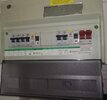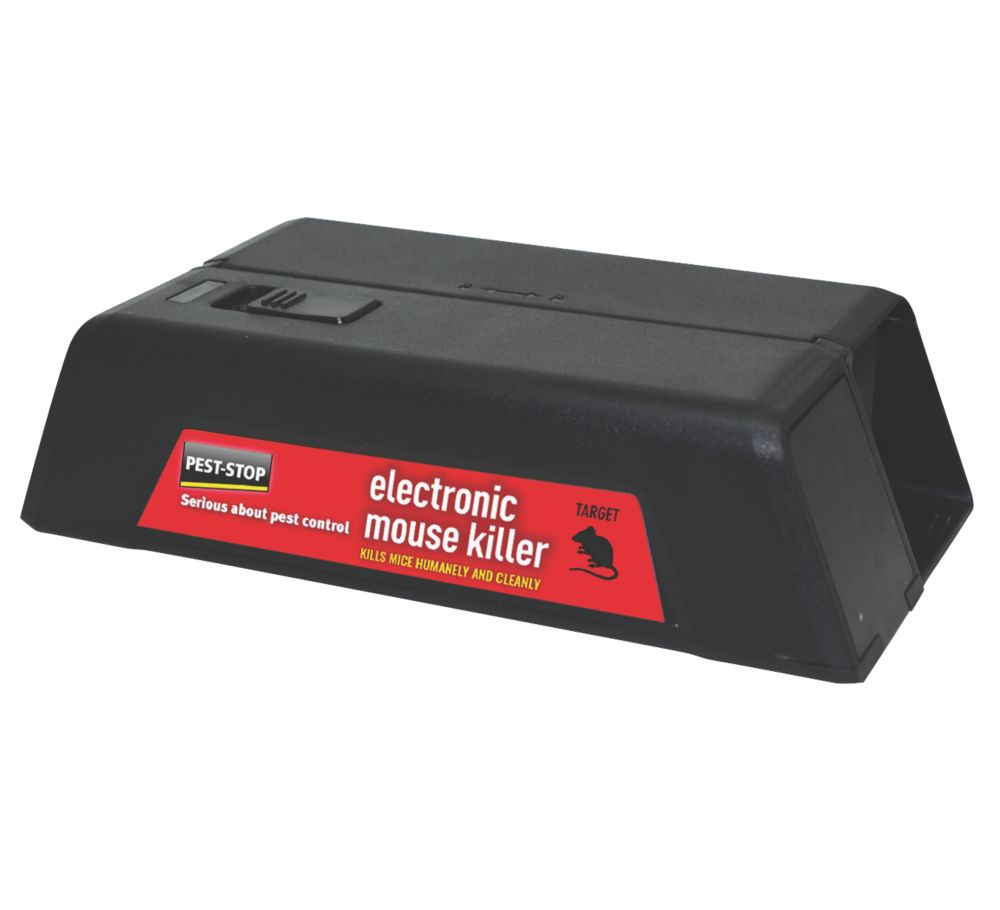Hi all,
Helping my partner at her house with a few jobs and she wants me to add some new sockets to her kitchen.
i have read up on the subject but i'm a complete novice.
From the looks of it it's a radial circuit. My reasoning for this is that every socket i took off had no 2 or 3 sets of twin and earth but only a single set. The consumer unit has very specific switches too such as "shower" or "cooker" or "water heater" .
We tested some parts last night and it seems that the sockets are all hooked up to one switch in the consumer unit.
I turned off the power and opened a few sockets to peak at what we are dealing with and ... they are all single wired sockets, i looked at 3 in the kitchen.
As one switch in the consumer unit deals with all the sockets upstairs and down stairs and the 3 sockets i inspected in the kitchen all had a single twin and earth connected, would this mean that there are terminal junction boxes all up in the ceiling to split the radial?
The living room has 4x double sockets with no fuse or isolator, she got someone in to do this work so it's a chance that it was done badly maybe?
My plan is to feed the wire from one of the single twin and earth in the kitchen in to the wall and add a fused connection unit on to the wall, then spur from that to 2 new sockets.
Does this sound like a good SAFE idea? 2.5mm is up to 26A(27A i read in other places) so if i fuse this with a 20A connection unit i think it should be safe.
Helping my partner at her house with a few jobs and she wants me to add some new sockets to her kitchen.
i have read up on the subject but i'm a complete novice.
From the looks of it it's a radial circuit. My reasoning for this is that every socket i took off had no 2 or 3 sets of twin and earth but only a single set. The consumer unit has very specific switches too such as "shower" or "cooker" or "water heater" .
We tested some parts last night and it seems that the sockets are all hooked up to one switch in the consumer unit.
I turned off the power and opened a few sockets to peak at what we are dealing with and ... they are all single wired sockets, i looked at 3 in the kitchen.
As one switch in the consumer unit deals with all the sockets upstairs and down stairs and the 3 sockets i inspected in the kitchen all had a single twin and earth connected, would this mean that there are terminal junction boxes all up in the ceiling to split the radial?
The living room has 4x double sockets with no fuse or isolator, she got someone in to do this work so it's a chance that it was done badly maybe?
My plan is to feed the wire from one of the single twin and earth in the kitchen in to the wall and add a fused connection unit on to the wall, then spur from that to 2 new sockets.
Does this sound like a good SAFE idea? 2.5mm is up to 26A(27A i read in other places) so if i fuse this with a 20A connection unit i think it should be safe.




